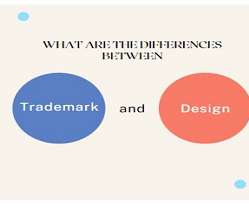Registration and Protection Of Industrial Design In India
IP and Legal Filings
JUNE 8, 2022
One of them is ‘Design’ which is a composition of colors, shapes patterns, etc which add value and attraction to the product. Designs are advantageous assets that can be protected only if registered under the Designs Act, 2000. Website Designs. PROTECTION OF DESIGN. Picture Credit: Shutterstock].












Let's personalize your content